In Sacramento, California, Democrats have voted in favor of a clean-energy charter, the first of its kind in the United States.

Part of the climate goal is to force the automobile industry in that locale to go electric. On the surface, this is very plausible and a sign of commitment to the global climate pact. However, the hike in electricity bills was an unforeseen consequence.
Wildfires Are Driving Up Utility Costs
There are widespread calls to mitigate the impact of the short-span changes in the Californian power sector. The state is simultaneously building wildfire prevention systems and strengthening renewable energy sources.
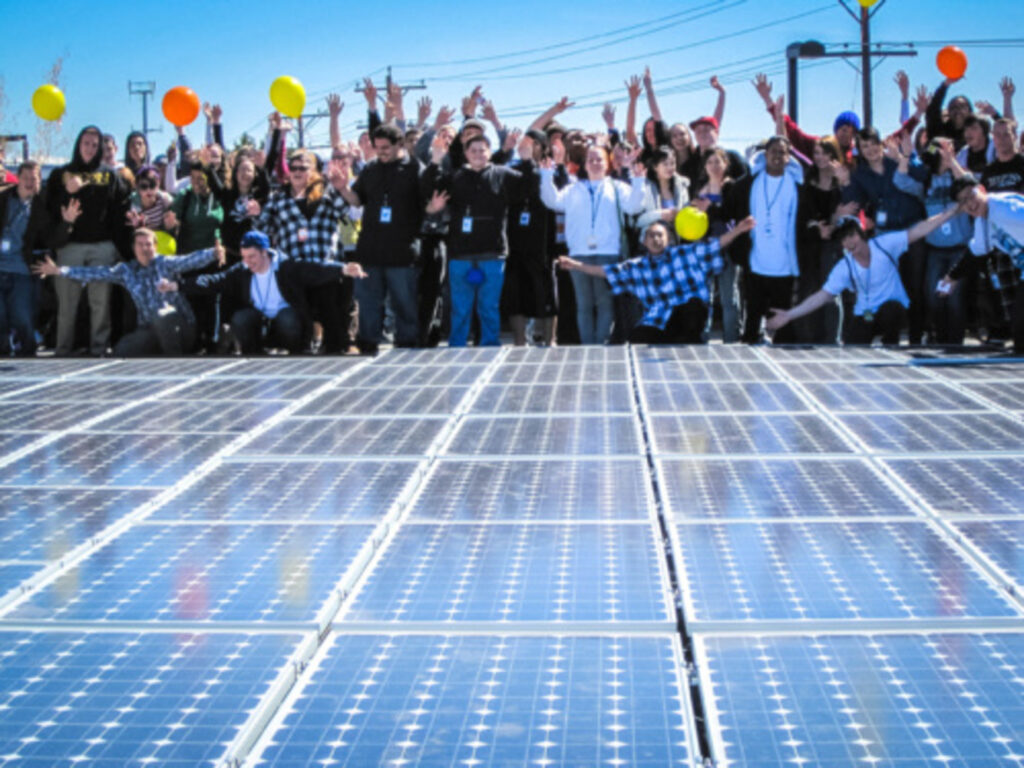
So far, this increase in expenses for power generation and transmission has resulted in a 127 percent increase in utility bills over the past decade.
Well-intentioned Policy Backfires
One of California’s Democratic lawmakers, state Assembly member Marc Berman, has called attention to how their efforts at going green are starting to haunt them.
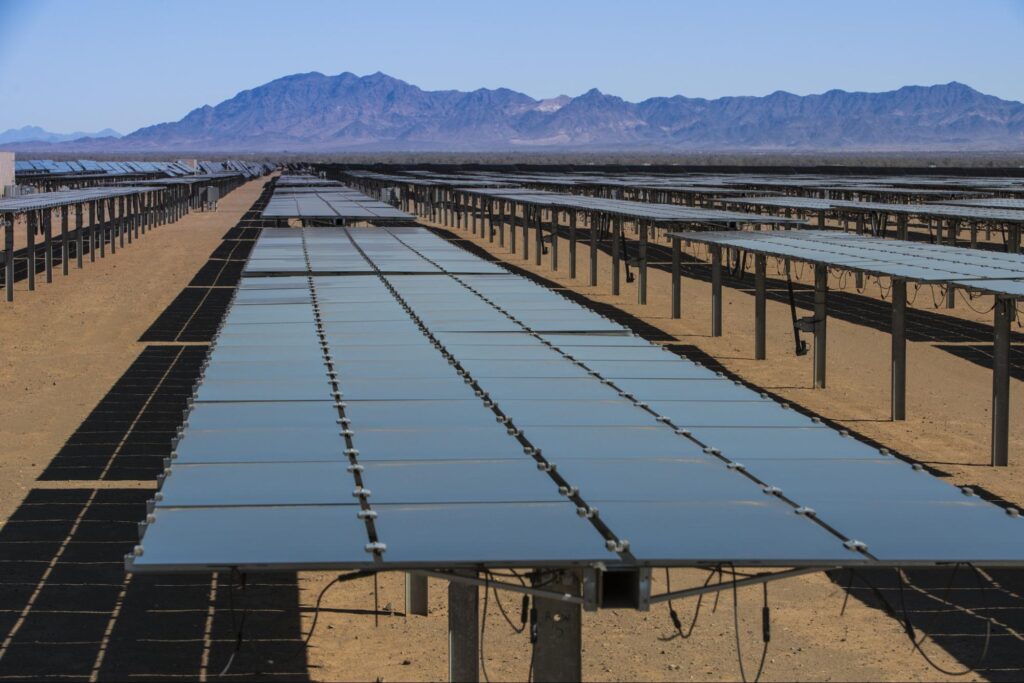
During a news conference in Sacramento, Berman mentioned that his constituents keep bugging him at every public gathering, reiterating the difficulty of dealing with the consistently rising cost of utilities.
Walking On Hot Coals With Utility Consumers
The challenge of keeping constituents from taking to the streets is common to California lawmakers alone. Other Democratic states like Massachusetts and New York are equally trying all the tricks in the book to make transitioning to climate-friendly alternatives affordable for consumers.
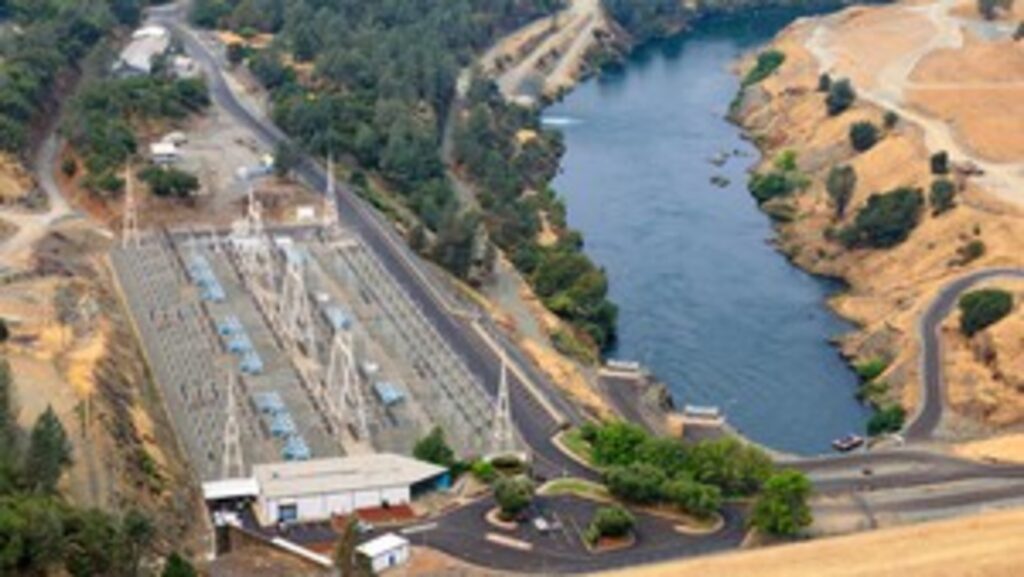
It is even more challenging for the politicians involved because this is an election year, and it would make a good excuse for Republicans to go for the jugular.
Billing Utility Consumers by Wealth Margin
In recent times, one of the raving topics in California has been a vote by lawmakers to restore the utility billing system. In 2022, the lawmakers all agreed to bill utilities according to a wealth caste: the richer you are, the more you pay for utilities.
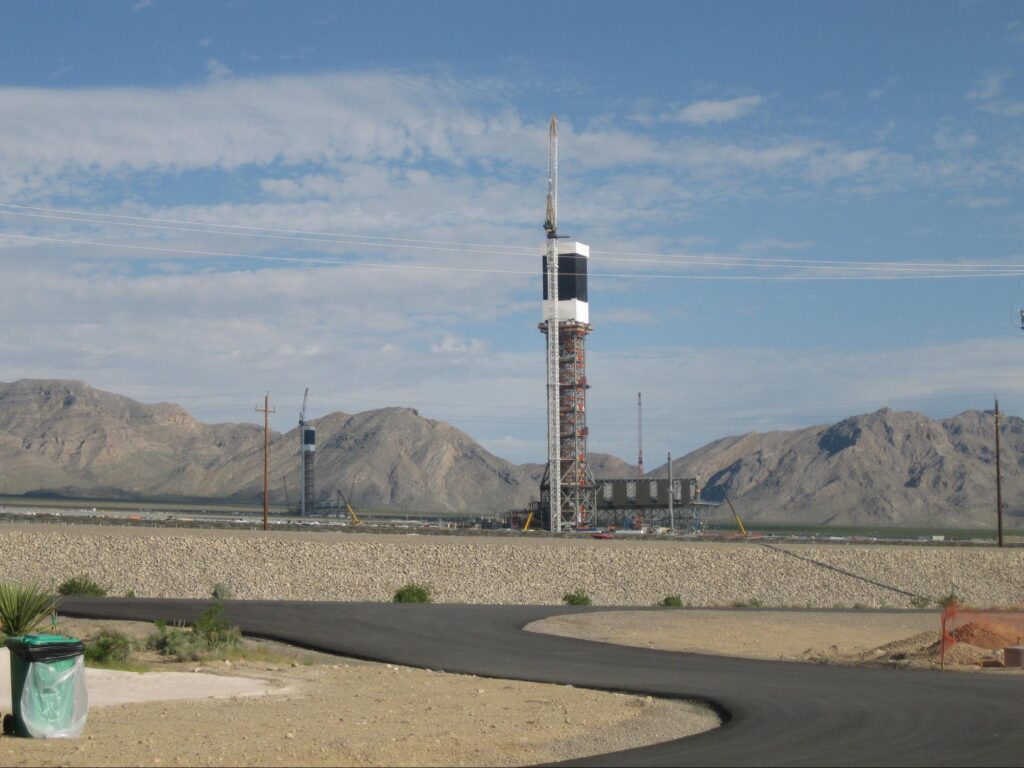
However, some 20 lawmakers are agitating for outright repealing that billing system.
States Competing for Energy Autonomy
The 20 lawmakers have cited the negative impact such a billing system may have on California’s middle- and high-income families.

Similarly, lawmakers in New York are lending their voices to call for a soft landing for residents who are at the receiving end of the ever-increasing cost of utilities. New York has increased electrification by upgrading the grid to accommodate power generation from green sources.
Subsidizing Utilities With Taxpayer Money
In 2023 alone, the state of New York spent $200 million on subsidizing household utility consumption. These are some guardrails lawmakers are adopting to keep from driving constituents beyond their breaking point.

Likewise, these lawmakers are equally pushing to codify a policy that prevents utility costs payable by constituents from exceeding 6 percent of income for struggling households.
Balance Between Renewable Goals and Consumer Satisfaction
State governments’ renewable goals are largely funded by taxpayer money. So, lawmakers are working with energy officials to make the transition as smooth for consumers as possible.
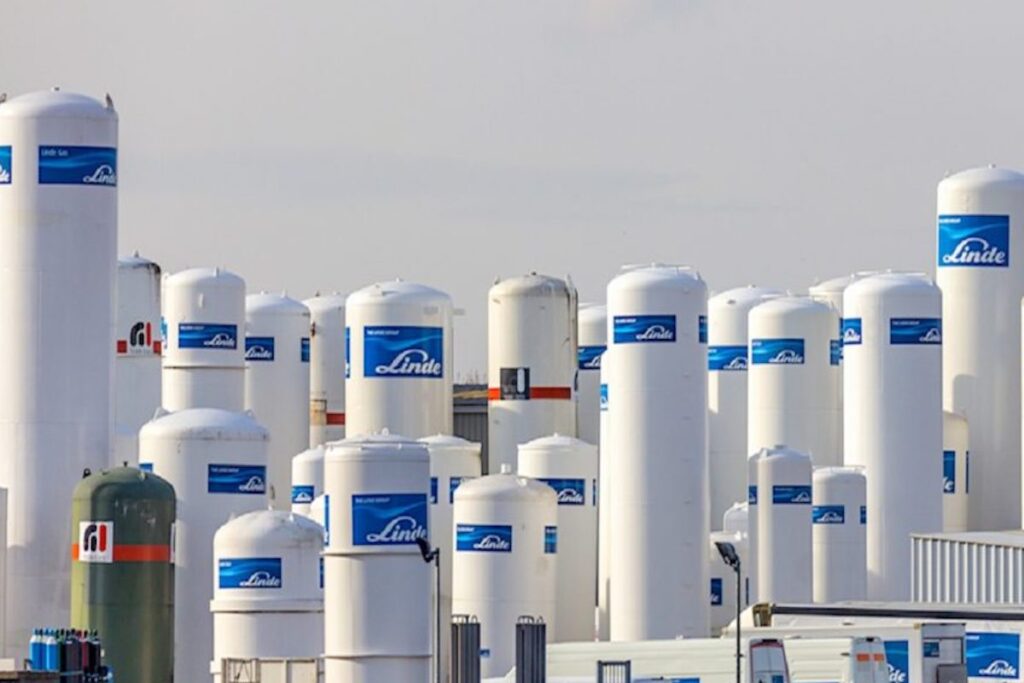
New York lawmakers target 70 percent renewables by 2030, while California aims for 60 percent in the same period.
Public Initiatives Require Taxpayer’s Support
Director Matt Baker of the California Public Utilities Commission’s Public Advocates Office said, “Absolutely high rates can threaten the energy transition, and we should be very concerned.”
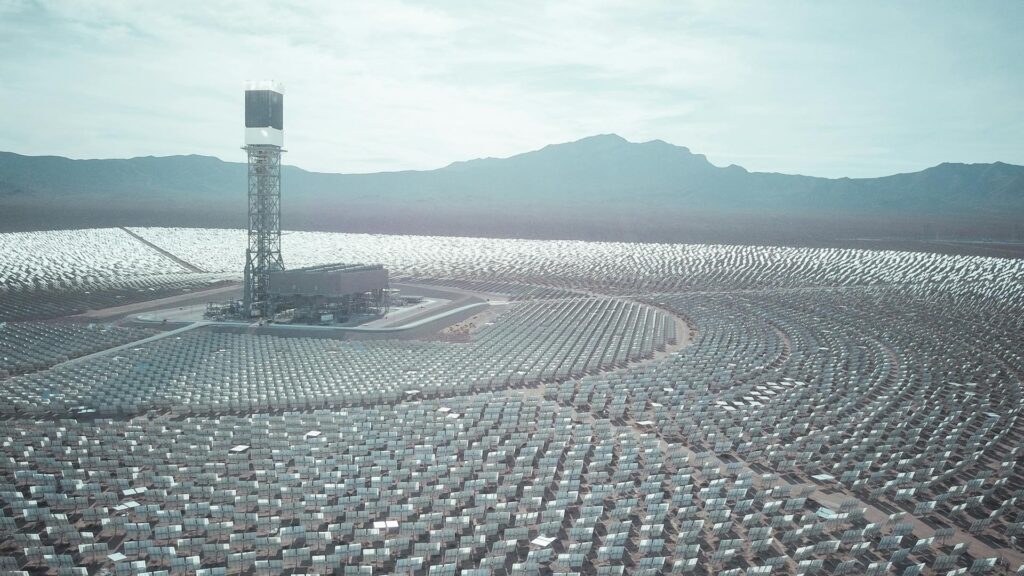
Baker is aware that public support of such initiatives is paramount, so he recommends making these energy transition schemes as cheap as possible. Otherwise, if people rule them off as too expensive, they go to the dustbin.
Upward Review of Utility Costs Inevitable
According to Baker, the last time California experienced a hike in utility rates like this one was in the 70s. For one, California’s largest utility company — Pacific Gas and Electric (PGE) — raised its rates over the last winter by almost $34 per month.
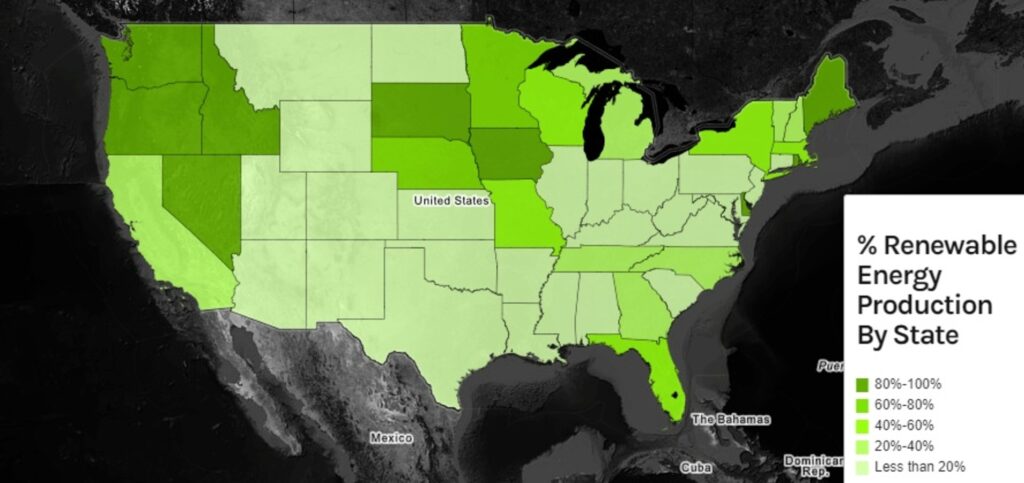
According to an analysis by Baker’s Office, 20% of PGE’s consumers have pending utility bills to settle.
Rates are Reflections of Operational Costs
Interestingly, the other two major and private utility companies servicing California are seriously lobbying to up their rates.

This brings us back to the income-based billing system proposed by Democrat lawmakers in 2022. The system claims to make energy billing equitable by adding a certain percentage of fixed rates per income increase.
How To Simultaneously Please Utility Companies and Energy Consumers
What California’s lawmakers were trying to do with the billing system was to institute an increased energy charge that favors the service companies but is not too burdensome for constituents.
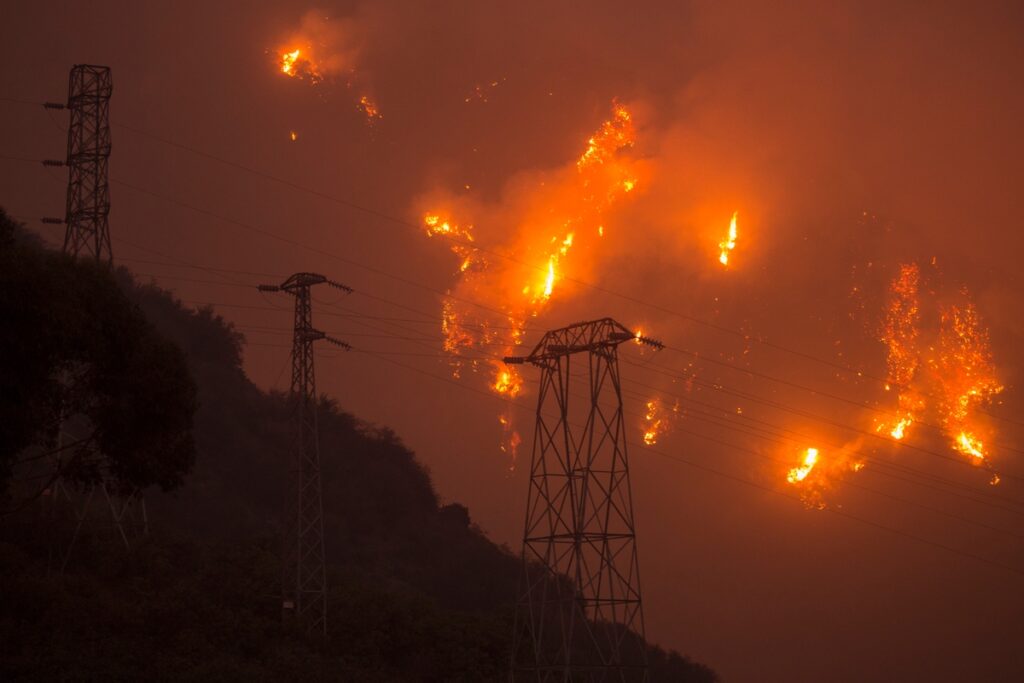
With everyone happy — energy companies, consumers, and politicians — the phased switch to electric cars and similarly green appliances becomes achievable. Constituents can also turn on their air conditioning without fearing losing their entire income to energy bills.
The Companies Are Strictly Out To Make Profit
Unfortunately, things didn’t go as planned after California’s utility companies submitted what they proposed as a commensurate charge for their services to the Public Utilities Commission.

In response, about 20 Californian Democrat Assemblymen banded together to oppose the proposal. These lawmakers also raised the concern that the proposed charge was illegally included in the 2022 budget before detailed scrutiny at a January press conference.
Who Will Win this Tug War?
Utility companies and consumer advocates are simultaneously lobbying California’s Public Utilities Commission (CPUC) about the respective approval and repeal of the energy charge proposal.

However, energy companies cannot be blamed entirely for raising utility costs. They need to upgrade aging utility equipment. For example, utility equipment has been implicated in one of the major causes of California wildfires.
Laying High Voltage Cables Underground
To stop overhead cables from sparking and triggering wildfires during extreme weather, utility companies are investing billions of dollars in line upgrades and burying to forestall future disasters.
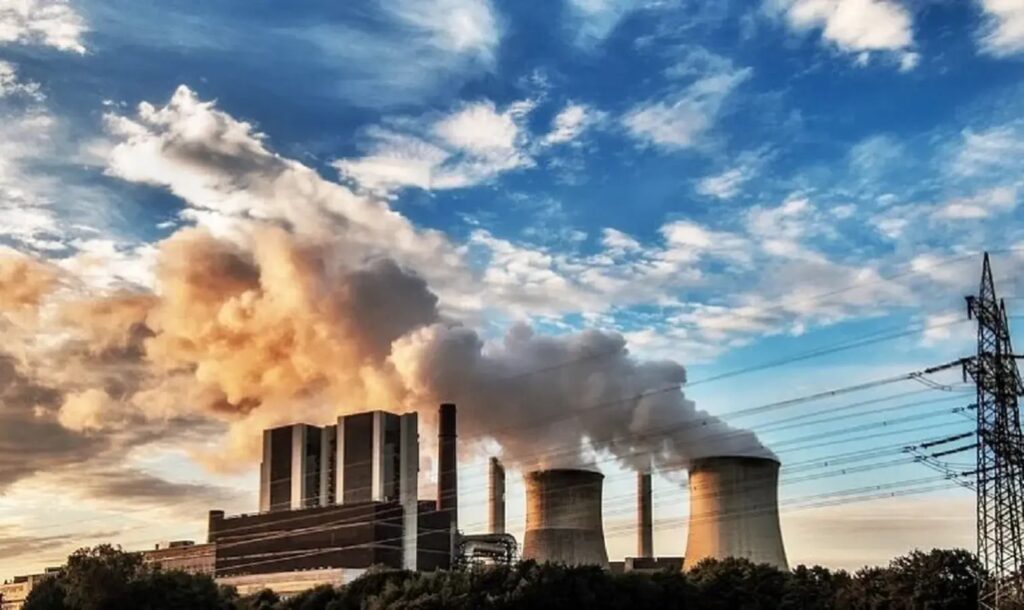
But who pays for these upgrades by PGE and similar companies? Of course, the customers. Remember that these organizations are private and for-profit. So, this offers some explanation for the rate hike in California.
Anticipating Future Spikes in Energy Demand
In addition, these utility companies are also investing in facilities that help them accommodate the rising energy demands from data centers, appliances, electric cars, and even greenhouses for cannabis.

These new energy expenses won’t be easing off soon. According to estimates by Southern California Edison, these added costs of accommodating the transition to renewable energy may run up to $370 billion by 2045.
Earn from Your Rooftop Solar Panels
According to the CPUC, there are yet more causes of the hike in utility bills. One is that utility companies are reimbursing homeowners for rooftop solar power.
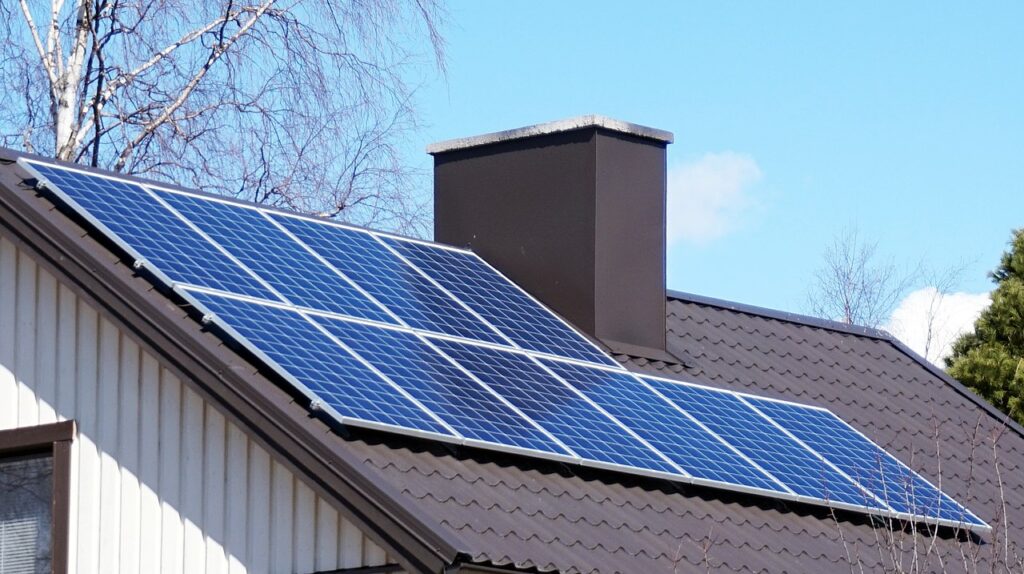
In addition, the income-based utility rate is a loss for these companies, particularly considering the shortfall on the part of the low-income earner.
Renewables Are Relatively Cheaper
According to a CUPC analysis, renewable energy sources are becoming more attractive to consumers because they are relatively cheaper than fossil fuel alternatives. Californian law requires companies to pay for these renewables.
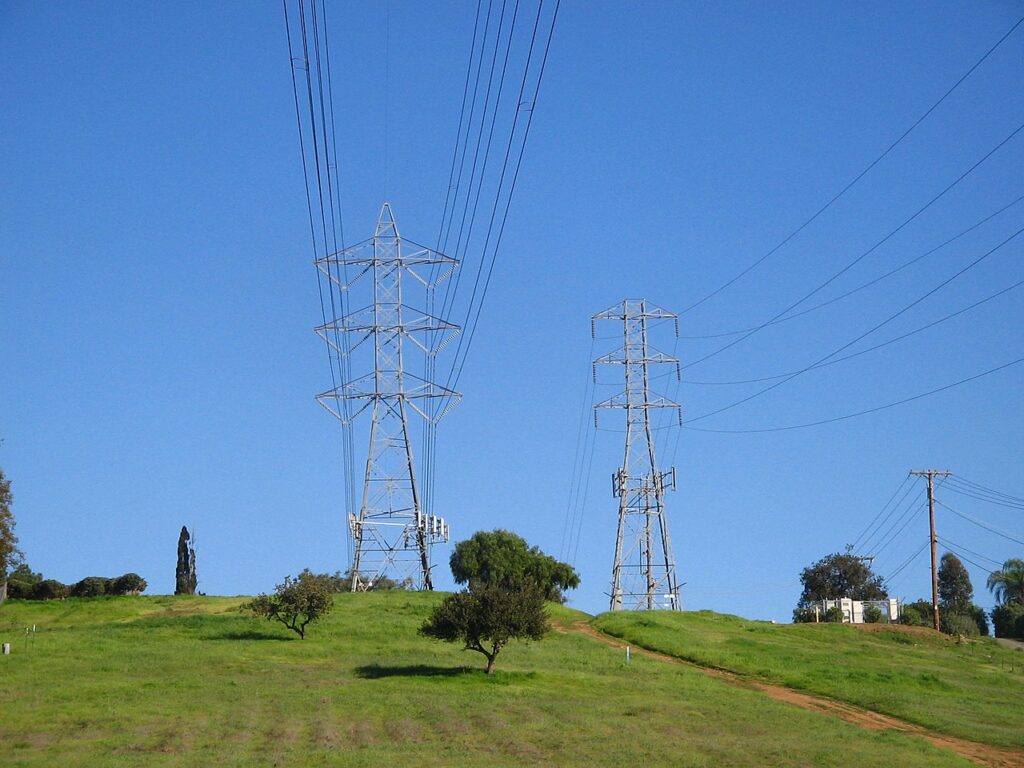
Regarding the affordability of renewables, San Diego Gas and Electric is the only energy supplier from fossil fuel sources that still offers utilities at a cheaper rate than renewables.
The Demarcating Line Between Affordability and Renewability
However, policymakers are still tweaking for that sweet intersection spot between energy affordability and renewability. The CPUC’s analysis reveals that contracted prices of renewables peaked in 2007 and have been tapering off since then.

In 2024, energy from solar and wind sources cost a third of what they did in 2007. Also, the contracts binding those prices are expiring, and downward reviews are inevitable.
Hopes Are High That Energy Users Will Transition to Earth-Friendly Appliances
Southern California Edison’s earlier analysis predicts that the average cost of energy will drop over time. Of course, this postulation factors into the bet that the transition from natural gas to electric appliances and gas to electric vehicles will continue to climb.

The odds are good; policymakers only need to monitor and manage energy consumers’ tolerance rates.
California Endeavors To Alleviate Consumers’ Plight
With support from the federal government, Governor Gavin Newsom and the state legislature are also wading in to lighten the burden of Californians. In 2022, $54 billion was earmarked for pro-climate causes; in 2024, it was $48 billion.
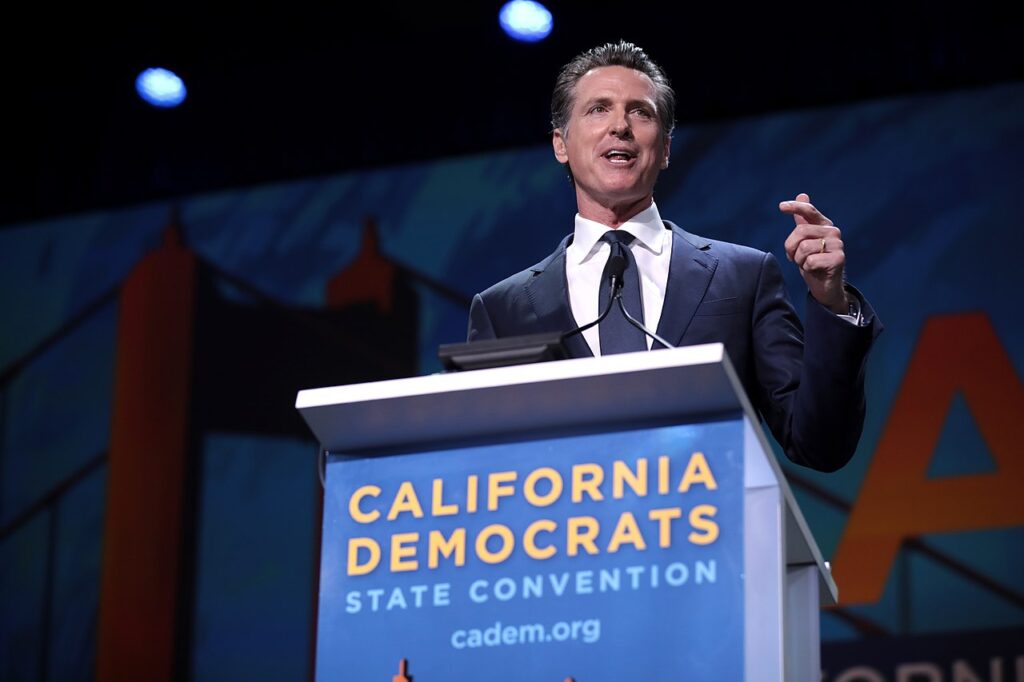
Nonetheless, California lawmakers are still considering asking pollgoers to vote for the approval of a $10 billion climate bond in the coming elections.
Utility Consumers Bear the Brunt of Wildfire Damages
Thanks to public outcry, lawmakers have considered lifting the spread-out burden of wildfire expenses from off-utility consumers. They would simply draw the accruing sum from taxes and other public revenue sources if possible.
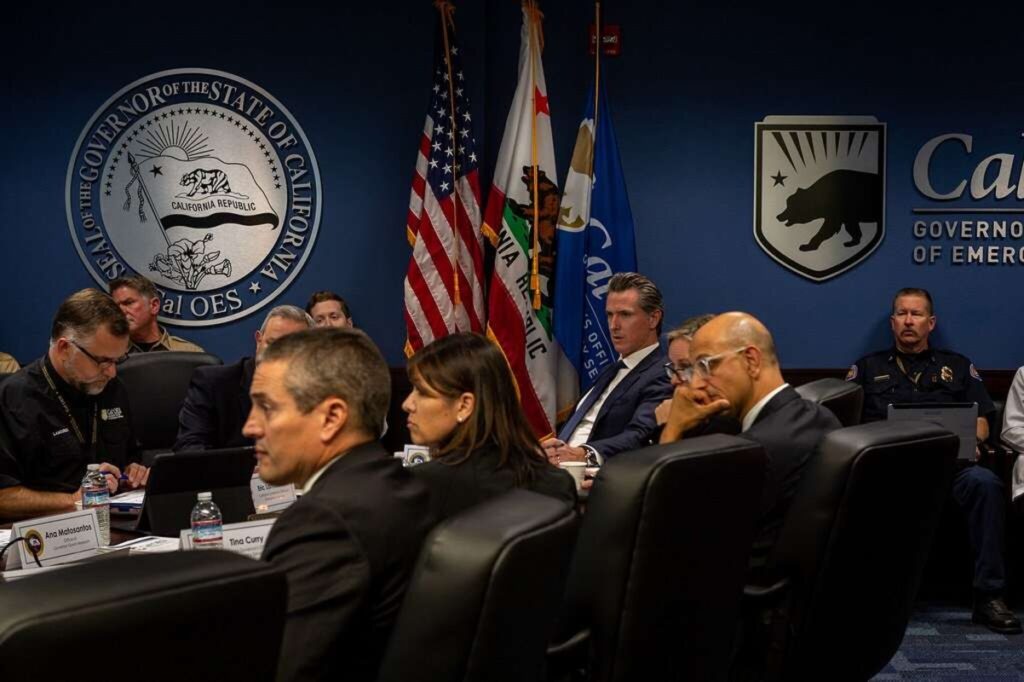
However, the Californian government is already running a $38 billion deficit, which must be eliminated as soon as possible to avoid insolvency.
Advocacy Groups Are Requesting Immediate Intervention
The Utility Reform Network (TURN), a rallying ground for utility consumers in California, is proposing capping utility rate hikes in tandem with the recently rising inflation rates.

Analysts suggest that if TURN’s agitation is realized, utility companies will have difficulty completing their infrastructural developments.
Lawmakers Are Trying To Come Clean
However, state lawmakers in California are still frustrated, as sharp comments from constituents still greet them at every turn. Very few Californians are aware of the efforts that the likes of TURN, and even some lawmakers, are making to get on top of the utility situation.

Democrat state Senator Steven Bradford is the chairman of his district’s Energy, Utilities, and Communications Committee, and he said that much during a recent committee hearing.
Make Energy Available and Make It Affordable
According to Bradford, constituents don’t care if they harvest electricity from Andromeda. All the average Californian wants to know is if the utility is affordable; otherwise, the company might as well keep it to itself.
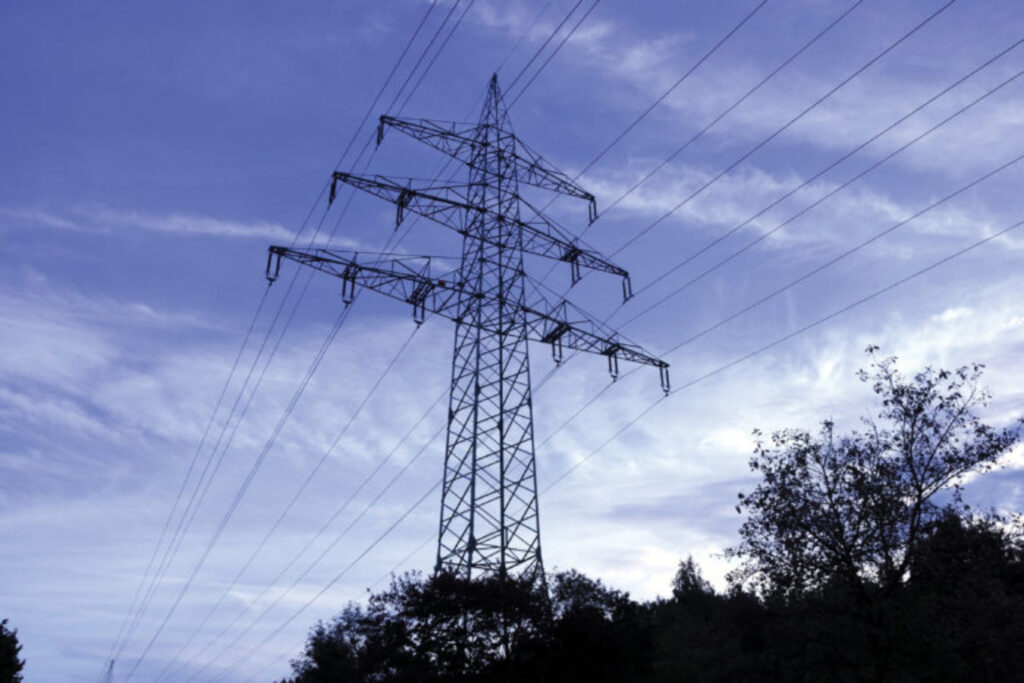
However, he admits constituents have the right to seek accountability for the cost-benefit analysis of any initiative funded with taxpayer money.

